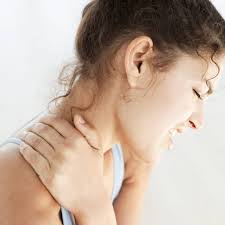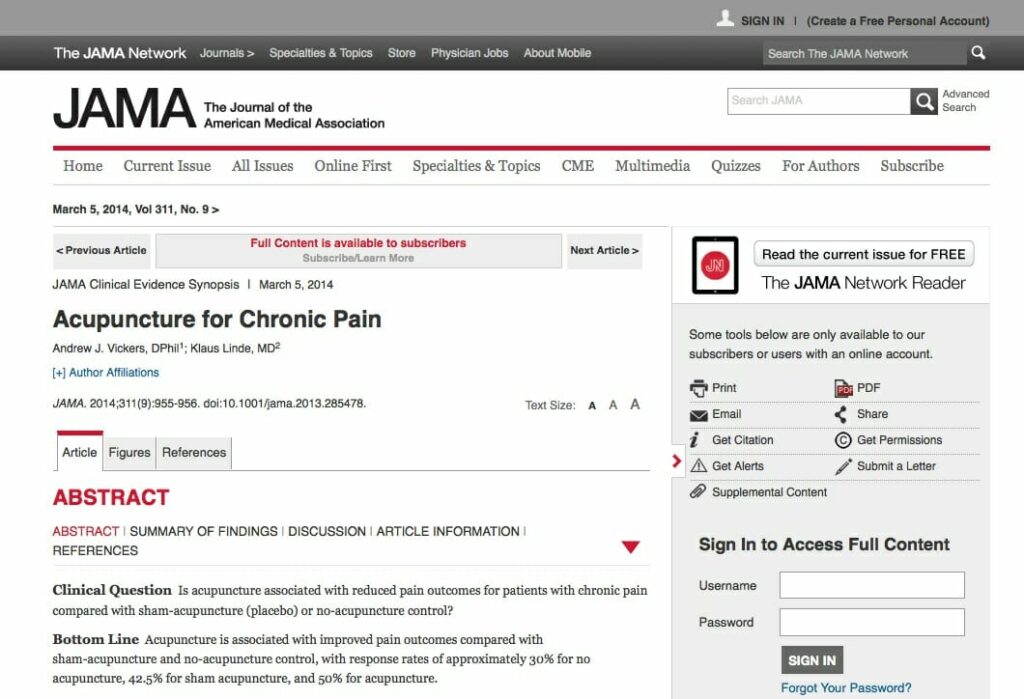
Treating Pain Naturally:
New holistic treatments for pain consider pain as a feedback system the body uses to alert you that something is wrong. Pain is nature’s way of telling you that your body needs to come back into balance. If your oil light is on in your car you don’t ignore it, you just change the oil. In the same way, if you have pain, it needs to be treated appropriately so you can return to maximal health. Fortunately, new understandings of older treatments, like herbal medicine and acupuncture are being combined with new discoveries in the field of nutritional supplementation to yield exceptional results for pain. But a comprehensive understanding of the causes of pain must be utilized in any truly holistic approach to treatment unless one is merely masking symptoms.
The most common type of pain that is poorly treated is caused by shortening of the body’s muscles and ligaments. Fibromyalgia (FMS), myofascial pain syndrome (MPS), and tendonitis fall into this category. Four key areas must be addressed to effectively treat muscle pain:
1) nutritional deficiencies 2) poor sleep 3) hormonal deficiencies (despite normal blood tests) 4) underlying infections. With the help of a competent practitioner a patient can be guided through each category typically achieving optimal results.
Acupuncture is one therapy that is well known for treating pain. To the ancient Chinese physicians who discovered the art and science of energetic medicine, all forms of pain were understood as a blockage in either the biological life force called qi (pronounced chee) or in the blood. A metaphor I often use to explain this phenomenon to patients is the garden hose analogy. Imagine you are watering your garden when you realize there is a kink in the hose. Suddenly, the life-giving water is unable to pass from the hose to the plants. If the plants don’t receive the nourishment of the water, the garden will wither and die. Our entire body is similar to the garden. When biological life force and blood flows easily without blockage throughout the body all the tissues and the internal organs receive their proper nutrition. If there is a blockage, a patient will often experience this as pain. Pain is a warning signal alerting the practitioner that energy or blood is impeded. If that blockage can be removed, then the pain will cease. Modern research shows that the one of the reasons acupuncture works for pain is it stimulates the body to release its own pain killers called endorphins.
There are also many herbs that are effective for treating pain without the side-effects of NS-AIDS (non-steroidal anti-inflammatory drugs). Two of my favorites are corydalis (yan hu suo in chinese) and Boswellia (frankincense in english, ru xiang in chinese). Numerous studies have been done on these two herbs demonstrating their remarkable effects for inflammation and pain syndromes. One study of 30 osteoarthritis patients showed that all 30 patients received dramatic improvement in pain scores and function tests after 8 weeks of supplementation of 1000mg of boswellia.
Though pain syndromes are on the rise, so too are effective and inexpensive treatments. If you are in pain don’t wait for a future time to begin treatment, seek a competent practitioner who can guide you through the maze of available treatments.
1. This protocol comes from the work of the pain expert Joseph E. Teitelbaum M.D.
2. Phytomedicine 2003; 10(1): 3-7
©Copyright James Whittle M.S., L.Ac. All rights reserved.
James Whittle M.S., L.Ac., is the founder of the Blue Ridge Acupuncture Clinic (www.blueridgeclinic.com) where he specializes in pain conditions, women’s health issues and cancer. He can be reached for questions at 828-254-4405.

